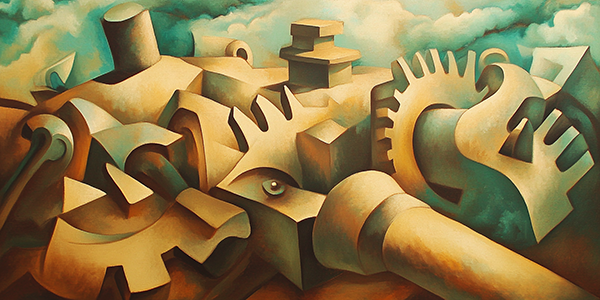
Bureaucracy
A powerful but difficult force
For leaders, bureaucracy cannot be ignored or simply defied — it must be understood and navigated effectively. Wise leaders take advantage of the power of bureaucracy to create order, drive efficiency, and ensure transparency. Bureaucracy provides structure, reduces ambiguity, and helps maintain stability, especially in large organizations where coordination and oversight are critical.
However, leaders must also recognize when bureaucracy becomes a hindrance. Over time, systems and rules accumulate, stifle creativity, and slow decision-making. A skilled leader knows how to work within the framework of bureaucracy while also finding ways to adapt and streamline it as needed. By leveraging bureaucracy’s strengths without becoming mired in its limitations, leaders can drive progress without being defeated by the system.
